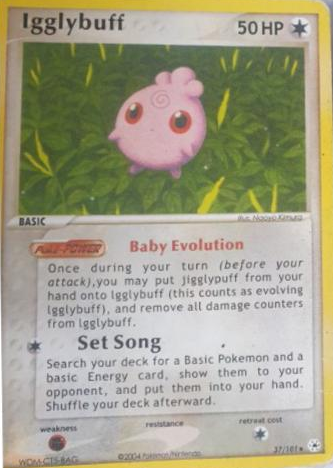How to Spot Fake Pokémon Cards: A Collector's Guide
- Stew @ PokéPortal

- Mar 20
- 2 min read
The world of Pokémon card collecting is exciting, but with its popularity comes the risk of encountering counterfeit cards. Whether you're a seasoned collector or just starting out, knowing how to identify fake Pokémon cards can save you from disappointment and financial loss. Here’s a comprehensive guide to spotting fake pokemon cards and ensuring your collection stays authentic.
1. Check the Font and Text
One of the easiest ways to spot a fake Pokemon card is by examining the font. Authentic cards have a consistent font style, spacing, and text clarity. Counterfeit cards may have:
Thicker or thinner font than usual
Misspelled words or incorrect text placement
Spacing between the words and letters
Blurry or faded text
2. Inspect the Color and Saturation
Authentic Pokémon cards are printed with high-quality ink and have precise color saturation. Fake pokemon cards often exhibit:
Faded or overly saturated colors
Washed-out backgrounds
Inconsistent shades when compared to a genuine card
3. Feel the Card Stock Quality
Real Pokémon cards have a distinct texture and thickness. To check authenticity:
Hold the card between your fingers – genuine cards feel sturdy, while fake ones are often flimsy.
Bend the card slightly – real cards have a slight resistance, whereas fake ones may bend too easily.
Try the light test – hold the card up to a light source. Authentic cards have a black layer in the middle that prevents light from shining through.

4. Examine the Holographic Patterns
Holographic cards are some of the most sought-after in the Pokémon TCG. Counterfeit versions often have:
Dull or uneven holographic effects
Holograms that appear printed rather than embedded
Missing texture or incorrect shimmer patterns

5. Look at the Card Back Design
The back of a Pokémon card should be deep blue with clear, crisp printing. Fake cards tend to have:
Lighter or darker blue tones
Blurry or off-center Pokémon logo
Poor alignment of design elements

6. Compare with a Known Authentic Card
If you're unsure, compare the questionable card with a known authentic one from the same set. Differences in color, texture, and font will be more apparent when viewed side by side.
7. Check for Official Card Set Symbols and Details
Every official Pokémon card has specific set symbols and numbering. Fake cards often:
Have incorrect set symbols
Display incorrect or nonexistent expansion codes
Contain mismatched card details

8. Use a Magnifying Glass for Printing Patterns
Real Pokémon cards use a specific printing technique that creates tiny dots when viewed under a magnifying glass. Fake cards may have blurry or inconsistent dot patterns.
9. Test with the Rip Test (Last Resort)
If you have a card you strongly suspect is fake and are willing to destroy it, try the rip test:
Tear the card in half. A genuine Pokémon card has a thin black layer between the top and bottom layers (blue layer on Japanese cards).
If there’s no black layer, it’s fake.

Final Thoughts
Spotting fake Pokémon cards takes practice, but by following these steps, you can protect yourself and your collection. If you're ever in doubt, purchase from reputable sellers, check cards against official sources, and always verify authenticity before making big trades or purchases. Happy collecting!
















Comentários